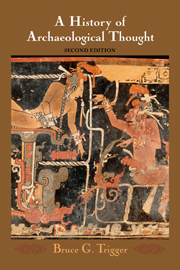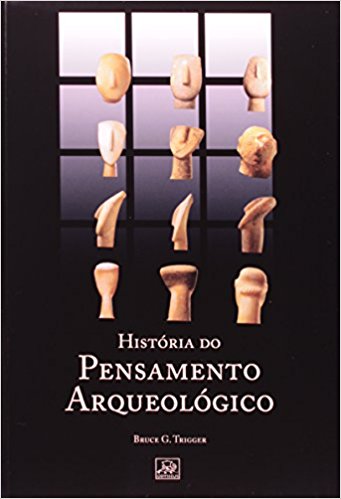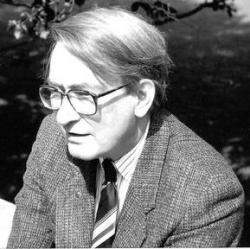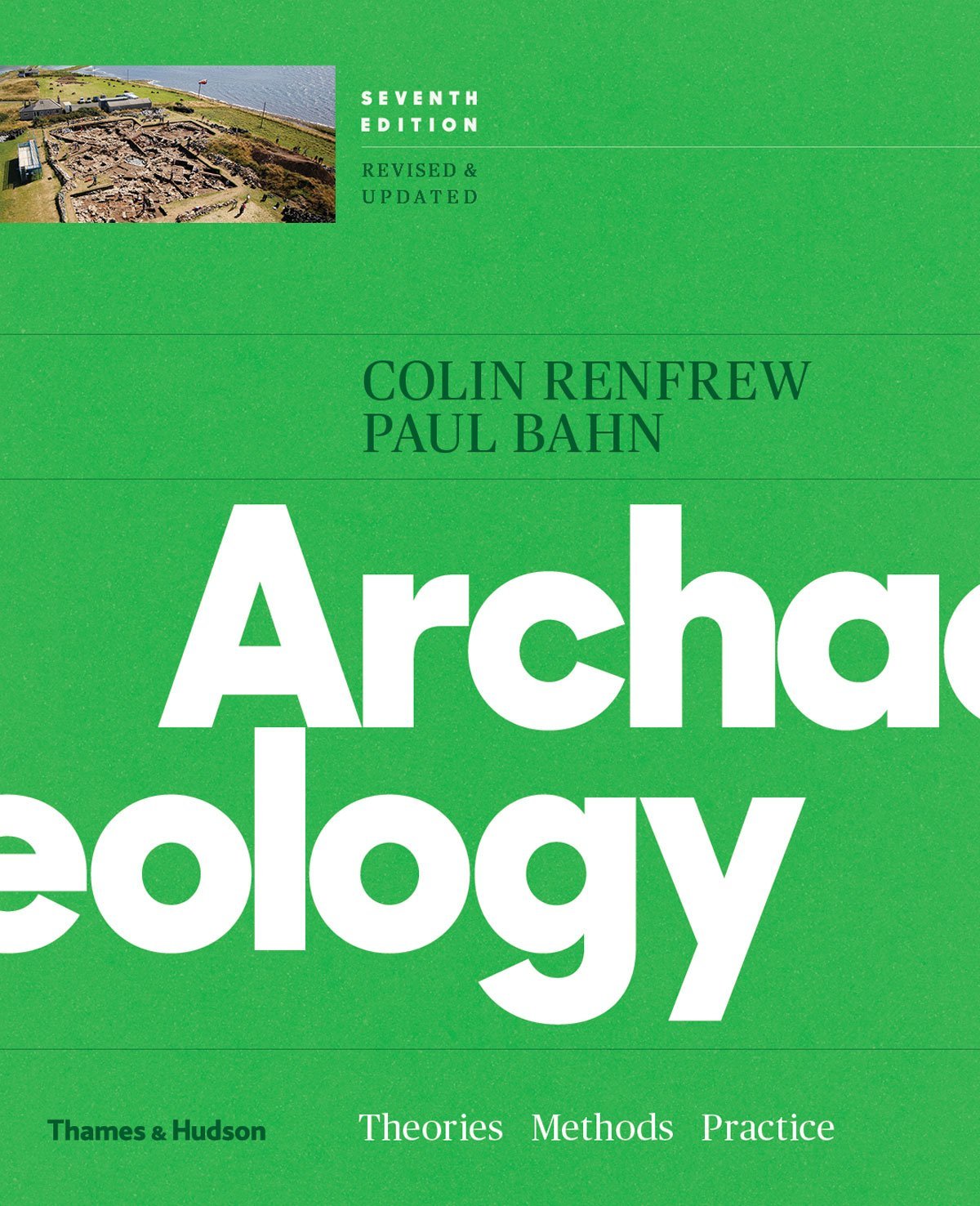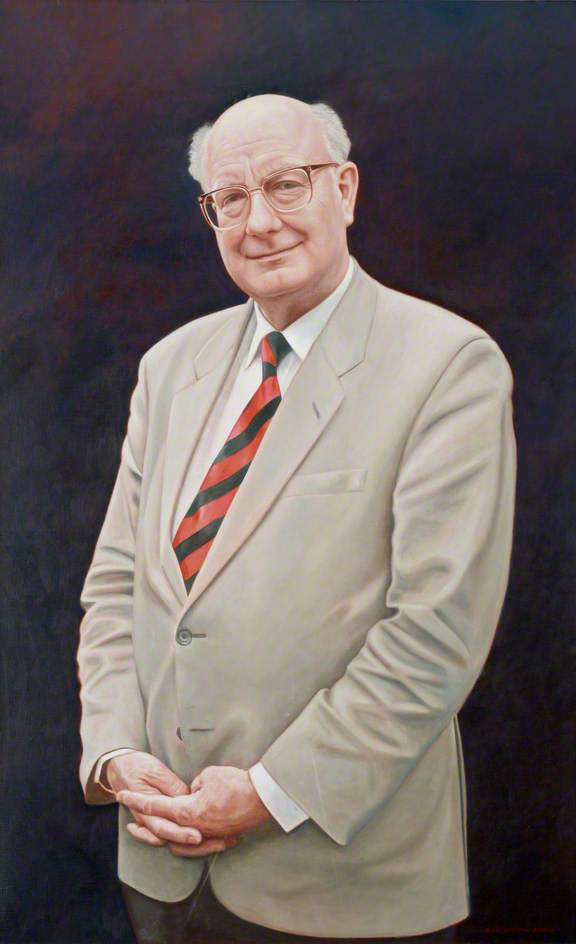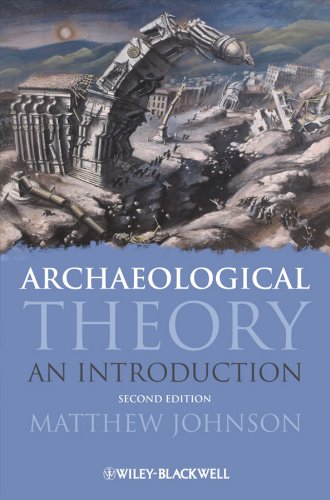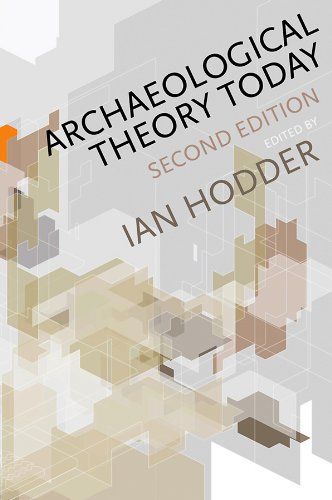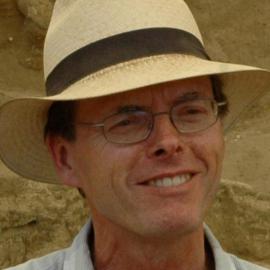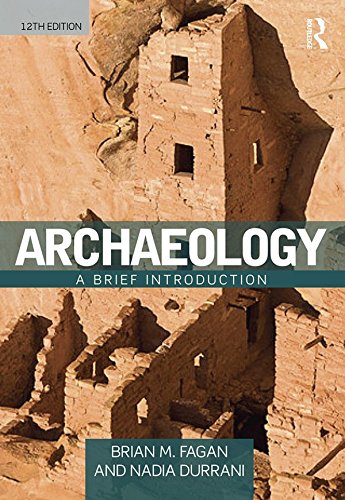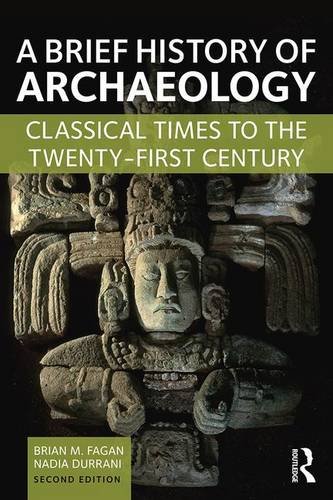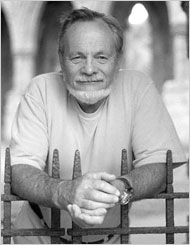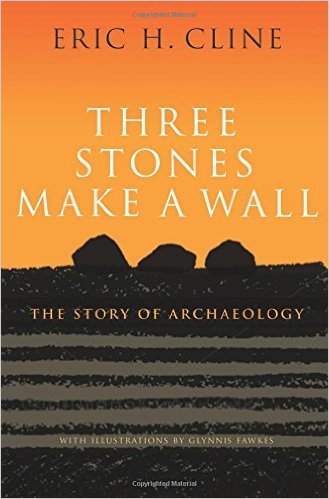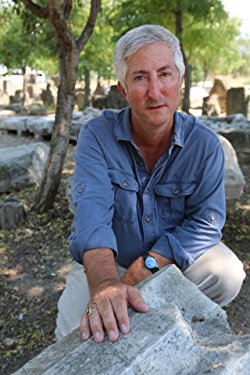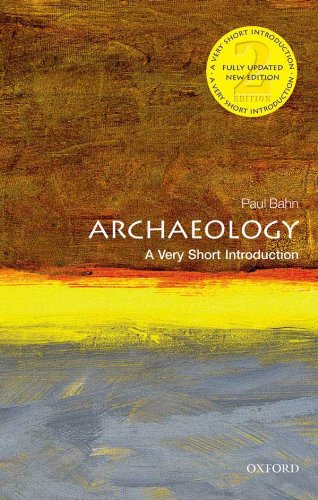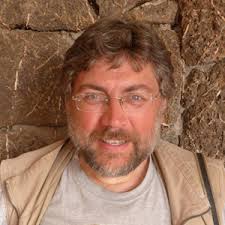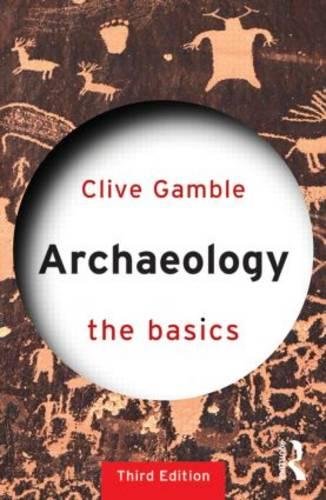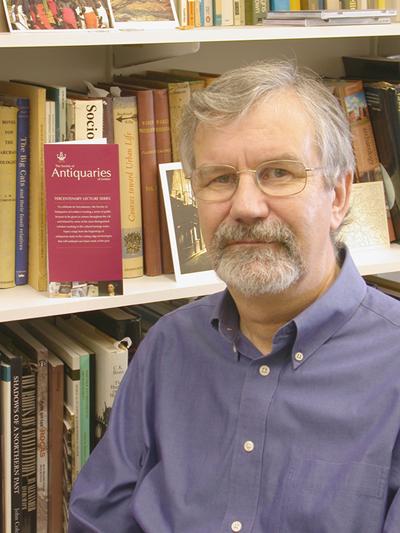O primeiro número de 2019 da revista Estudos Bíblicos está sendo preparado pelos Biblistas Mineiros. Terá por tema o fundamentalismo, analisando textos de Gn 1-11 e do livro do Apocalipse. Devem ser elaborados uns 11 artigos por alguns de nós. O meu artigo será sobre as Histórias de criação e dilúvio na antiga Mesopotâmia. Por isso estou lendo ou consultando alguns textos sobre cosmogonias e outras histórias do Antigo Oriente Médio.
Publico neste post o que li recentemente sobre o tema, dividindo a bibliografia em quatro seções: arqueologia, Antigo Oriente Médio, cosmogonias mesopotâmicas e outras histórias e recursos online. Nos posts seguintes detalharei um pouco mais cada obra. E acrescentarei aqui, nos próximos meses, outros livros que ainda devo ler.
Observo que a bibliografia está quase toda em inglês. Os recursos em português sobre os textos literários do Antigo Oriente Médio são muito limitados e alguns estão desatualizados. Umas tantas obras podem ser encontradas em espanhol.
Sobre a terminologia, gostaria de observar que o termo usual em inglês para designar a região é Ancient Near East ou Antigo Oriente Próximo. O mesmo ocorre com o italiano, Vicino Oriente antico e o francês, Proche-Orient ancien. Já em alemão o usual é Der Alte Orient, O Antigo Oriente.
“Antigo Oriente Próximo”, entretanto, não faz muito sentido para nós, pois o conceito é eurocêntrico, já que a Europa está realmente “próxima” do Oriente. Nós não estamos. Por isso prefiro falar aqui de Antigo Oriente Médio. Reconheço, entretanto, que “Oriente Médio”, entre nós, é mais empregado nos contextos políticos e jornalísticos, enquanto “Oriente Próximo” é mais utilizado em contextos arqueológicos, geográficos e históricos.
Esclareço ainda que meu conhecimento sobre o Antigo Oriente Médio é limitado, pois sou um biblista e não um assiriologista.
Sobre a arqueologia
BAHN, P. Archaeology: A Very Short Introduction. 2. ed. Oxford: Oxford University Press, 2012, 136 p. – ISBN 9780199657438.
CLINE, E. H. Three Stones Make a Wall: The Story of Archaeology. Princeton: Princeton University Press, 2017, 480 p. – ISBN 9780691166407.
FAGAN, B. M. ; DURRANI, N. A Brief History of Archaeology: Classical Times to the Twenty-First Century. 2. ed. Abingdon: Routledge, 2016, 302 p. – ISBN 9781138657076.
FAGAN, B. M. ; DURRANI, N. Archaeology: A Brief Introduction. 12. ed. Abingdon: Routledge, 2016, 424 p. – ISBN 9781138190313.
GAMBLE, C. Archaeology: The Basics. 3. ed. Abingdon: Routledge, 2015, 306 p. – ISBN 9780415694834.
HODDER, I. (ed.) Archaeological Theory Today. 2 ed. Cambridge: Polity, 2012, 320 p. – ISBN 9780745653068.
JOHNSON, M. Archaeological Theory: An Introduction. 2. ed. Chichester, West Sussex, UK: Wiley Blackwell, 2010, 328 p. – ISBN 9781405100151.
RENFREW, C. ; BAHN, P. Archaeology: Theories, Methods, and Practice. 7. ed. London: Thames & Hudson, 2016, 672 p. – ISBN 9780500292105.
TRIGGER, B. G. A History of Archaeological Thought. 2. ed. Cambridge: Cambridge University Press, 2006, 710 p. – ISBN 9780521600491.
TRIGGER, B. G. História do pensamento arqueológico. 2. ed. São Paulo: Odysseus, 2011, 630 p. – ISBN 9788578760175.
WEEKS, J. M. ; DE MEDEIROS, J. A Research Guide to the Ancient World: Print and Electronic Sources. Lanham: Rowman & Littlefield, 2015, 456 p. – ISBN 9781442237391.
Sobre o Antigo Oriente Médio
BLACK, J. ; GEORGE, A. ; POSTGATE, N. (eds.) A Concise Dictionary of Akkadian. 2. ed. Wiesbaden: Harrassowitz, 2000, 474 p. – ISBN 9783447042253.
BLACK, J. ; GREEN, A. Gods, Demons and Symbols of Ancient Mesopotamia. Illustrations by Tessa Rickards. Austin: University of Texas Press, [1992] 2016, 192 p. – ISBN 9780292707948.
CRAWFORD, H. E. W. Sumer and the Sumerians. 2. ed. Cambridge: Cambridge University Press, 2014, 264 p. – ISBN 9780521533386.
EDZARD, D. O. Sumerian Grammar. Atlanta: Society of Biblical Literature, 2003, 191 p. – ISBN 9781589832527.
HUEHNERGARD, J. A Grammar of Akkadian. 3. ed. Winona Lake, IN: Eisenbrauns, 2011, XLII + 660 p. – ISBN 9781575069418.
LIVERANI, M. Antigo Oriente: História, Sociedade e Economia. São Paulo: EDUSP, 2016, 832 p. – ISBN 9788531415685.
LIVERANI, M. Antico Oriente: Storia, società, economia. 4. ed. Bari: Laterza, 2011, 899 p. – ISBN 9788842095880.
LIVERANI, M. Assiria: La preistoria dell’imperialismo. Bari: Laterza, 2017, 402 p. – ISBN 9788858126684.
LIVERANI, M. Imagining Babylon: The Modern Story of an Ancient City. Berlin: Walter de Gruyter, 2016, 488 p. – ISBN 9781614516026.
LIVERANI, M. Immaginare Babele. Due secoli di studi sulla città orientale antica. Bari: Laterza, 2013, 530 p. – ISBN 9788858106518.
MALLEY, S. Layard enterprise: victorian archaeology and informal imperialism in Mesopotamia. International Journal of Middle East Studies, Cambridge, 40(4), p. 623-646, 2008.
MANNING, S. W. et alii Integrated Tree-Ring-Radiocarbon High-Resolution Timeframe to Resolve Earlier Second Millennium BCE Mesopotamian Chronology. PLOS ONE 11(7): e0157144. Published: July 13, 2016.
PODANY, A. H. The Ancient Near East: A Very Short Introduction. Oxford: Oxford University Press, 2014, 148 p. – ISBN 9780195377996.
POLLOCK, S. ; BERBECK, R. (eds.) Archaeologies of the Middle East: Critical Perspectives. Hoboken, NJ: Wiley-Blackwell, 2005, 384 p. – ISBN 9780631230014.
PONGRATZ-LEISTEN, B. Religion and Ideology in Assyria. Berlin: Walter de Gruyter, 2015, 553 p. – ISBN 9781614514824.
POTTS, D. T. (ed.) A Companion to the Archaeology of the Ancient Near East. 2 vols. Hoboken, NJ: Wiley-Blackwell, 2012, 1500 p. – ISBN 9781405189880.
RADNER, K. ; ROBSON, E. (eds.) The Oxford Handbook of Cuneiform Culture. Oxford: Oxford University Press, 2011, 805 p. – ISBN 9780199557301.
ROTH, M. T. (ed.) The Assyrian Dictionary of the Oriental Institute of the University of Chicago (CAD). Chicago: The Oriental Institute, 1956-2010.
SNELL, D. C. Ancient Near East: The Basics. Abingdon: Routledge, 2014, 178 p. – ISBN 9780415656986.
SNELL, D. C. (ed.) A Companion to the Ancient Near East. Hoboken, NJ: Wiley-Blackwell, 2007, 528 p. – ISBN 9781405160018.
VAN DE MIEROOP, M. A History of the Ancient Near East ca. 3000–323 BC. 3. ed. Hoboken, NJ: Wiley-Blackwell, 2016, 424 p. – ISBN 9781118718162.
Sobre as cosmogonias mesopotâmicas e outras histórias
ABUSCH, T. Male and Female in the Epic of Gilgamesh: Encounters, Literary History, and Interpretation. Winona Lake, IN: Eisenbrauns, 2015, IX + 236 p. – ISBN 9781575063492.
AL-RAWI, F. N. H. ; GEORGE, A. R. Back to the Cedar Forest: The Beginning and End of Tablet V of the Standard Babylonian Epic of Gilgamesh. Journal of Cuneiform Studies, v. 66, p. 69-90, 2014.
BLACK, J. et alii The Literature of Ancient Sumer. Oxford: Oxford University Press, 2006, 438 p. – ISBN 9780199296330.
BOTTÉRO, J. ; KRAMER, S. N. Lorsque les dieux faisaient l’homme: Mythologie Mésopotamienne. Paris: Gallimard, 1993, 755 p. – ISBN 9782070713820.
BRANDÃO, J. L. Como se faz um herói: as linhas de força do poema de Gilgámesh. E-Hum, Belo Horizonte, v. 8, n. 1, p. 104-121, 2015.
BRANDÃO, J. L. Ele que o abismo viu: Epopeia de Gilgámesh. Belo Horizonte: Autêntica, 2017, 336 p. – ISBN 9788551302835.
BRANDÃO, J. L. No princípio era a água. Rev. UFMG, Belo Horizonte, v. 20, n. 2, p. 22-41, 2013.
BRANDÃO, J. L. Sîn-lēqi-unninni, Ele o abismo viu (Série de Gilgámesh 1). Nuntius Antiquus, Belo Horizonte, v. X, n. 2, jul.-dez., p. 125-159, 2014.
CLIFFORD, R. J. Creation Accounts in the Ancient Near East and in the Bible. Washington: The Catholic Biblical Association of America, 1994, XIII + 217 p. – ISBN 9780915170258.
CLIFFORD, R. J. (ed.) Wisdom Literature in Mesopotamia and Israel. Atlanta: Society of Biblical Literature, 2007, 132 p. – ISBN 9781589832190. Download gratuito.
DALLEY, S. Myths from Mesopotamia: Creation, the Flood, Gilgamesh, and Others. Rev. ed. Oxford: Oxford University Press, 2009, 339 p. – ISBN 9780199538362.
FELIU MATEU, L. ; MILLET ALBÀ, A. Enuma Elish y otros relatos babilónicos de la Creación. Madrid: Trotta, 2014, 128 p. – ISBN 9788498794762.
FLEMING, D. E. ; MILSTEIN, S. J. The Buried Foundation of the Gilgamesh Epic: The Akkadian Huwawa Narrative. [Leiden: Brill, 2010] Atlanta: SBL Press, 2014, XX + 227 p. – ISBN 9781628370324
FOSTER, B. R. Before the Muses: An Anthology of Akkadian Literature. 3. ed. Bethesda, Md.: CDL Press, 2005, XX + 1025 p. – ISBN 9781883053765
GADOTTI, A. ‘Gilgamesh, Enkidu, and the Netherworld’ and the Sumerian Gilgamesh Cycle. Berlin: Walter De Gruyter, 2014, XV + 357 p. – ISBN 9781614517085.
GEORGE, A. R. The Babylonian Gilgamesh Epic: Introduction, Critical Edition and Cuneiform Texts. 2 vols. Oxford: Oxford University Press, 2003, 1184 p. – ISBN 9780198149224.
GEORGE, A. R. The Epic of Gilgamesh: The Babylonian Epic Poem and Other Texts in Akkadian and Sumerian. Rev. ed. Harmondsworth: Penguin, 2016, 304 p. – ISBN 9780140449198.
HALLO, W. W. ; YOUNGER, K. L. (eds.) The Context of Scripture: Canonical Compositions, Monumental Inscriptions and Archival Documents from the Biblical World. 3 vols. Leiden: Brill, 2003, 1553 p. – ISBN 9789047402275.
LAMBERT, W. G. Babylonian Creation Myths. Winona Lake, Indiana: Eisenbrauns, 2013, XVI + 640 p. – ISBN 9781575062471.
PRITCHARD, J. B. (ed.) Ancient Near Eastern Texts Relating to the Old Testament (ANET). 3. ed. with Supplement. Princeton, NJ: Princeton University Press, 1969.
SERI, A. The Fifty Names of Marduk on Enuma Elish. The Journal of the American Oriental Society, v. 126, n. 4, p. 507-519, 2006.
SERI, A. The Role of Creation in Enuma Elish. Journal of Ancient Near Eastern Religions, v. 12, p. 4-29, 2012.
TALON, Ph. The Standard Babylonian Creation Myth Enuma Elish. Helsinki: Neo-Assyrian Text Corpus Project, 2005, 140 p. – ISBN 9789521013287.
TIGAY, J. H. The Evolution of the Gilgamesh Epic. Wauconda, IL: Bolchazy-Carducci, 2002, 384 p. – ISBN 9780865165465.
Alguns recursos online
BDTNS – Database of Neo-Sumerian Texts
CDLI – Cuneiform Digital Library Initiative
CDLI:wiki
ETCSL – The Electronic Text Corpus of Sumerian Literature
KeiBi – Keilschriftbibliographie
Oracc – The Open Richly Annotated Cuneiform Corpus
Leia Mais:
Histórias de criação e dilúvio na antiga Mesopotâmia
